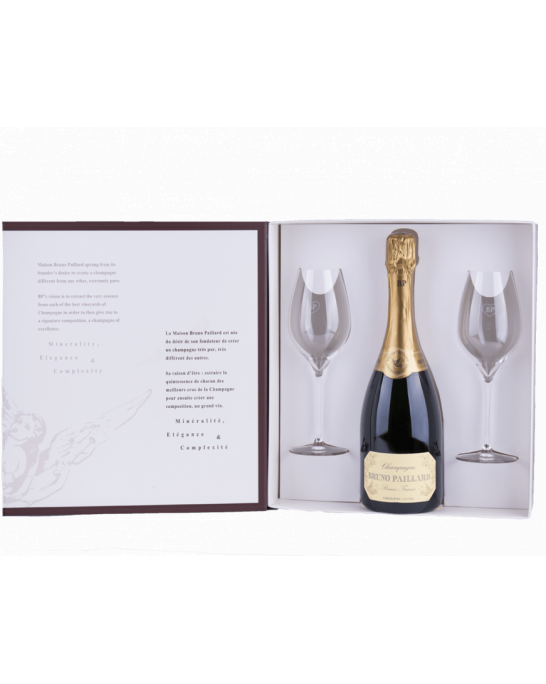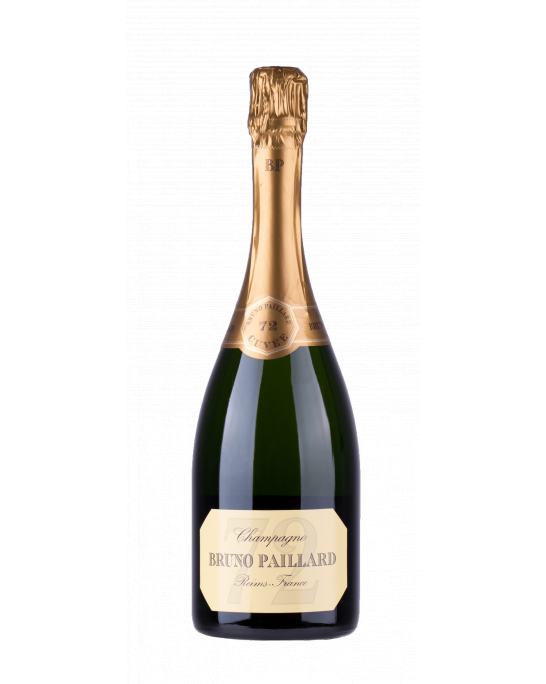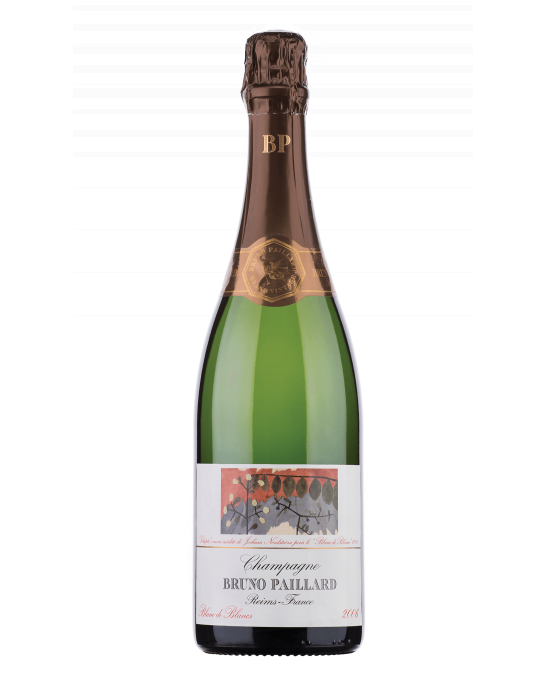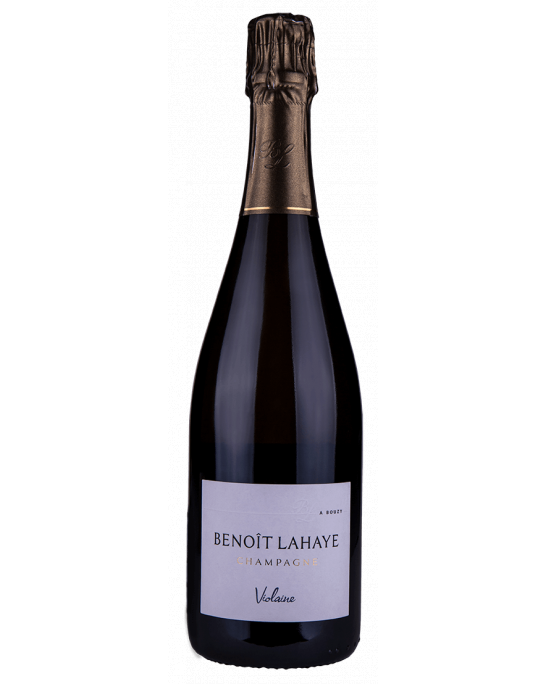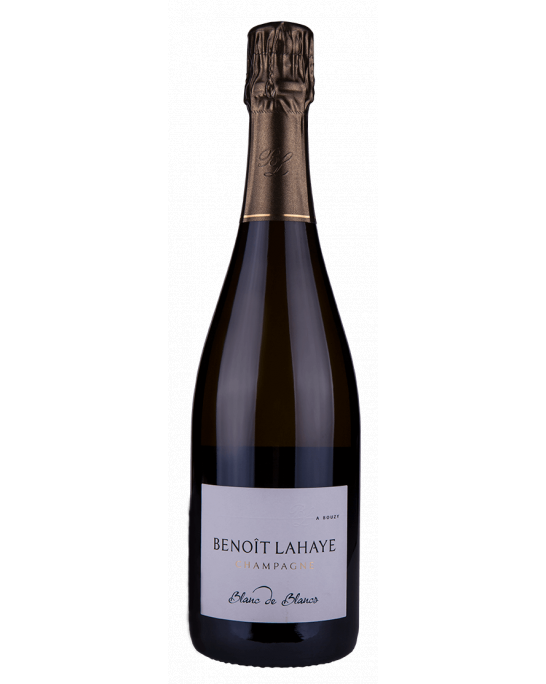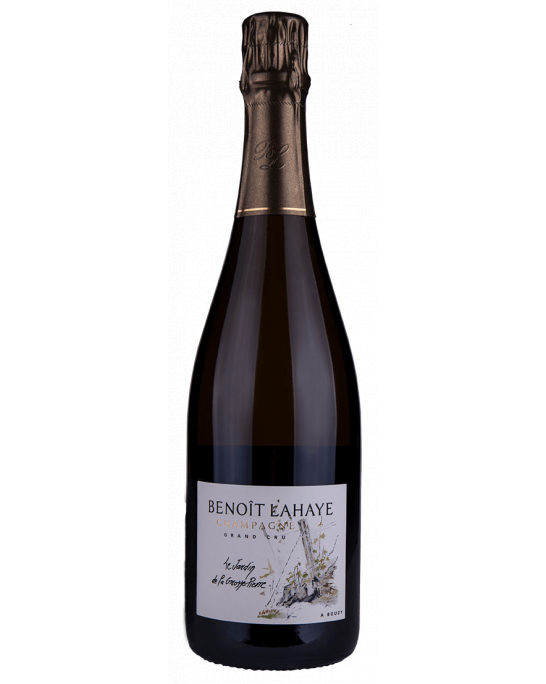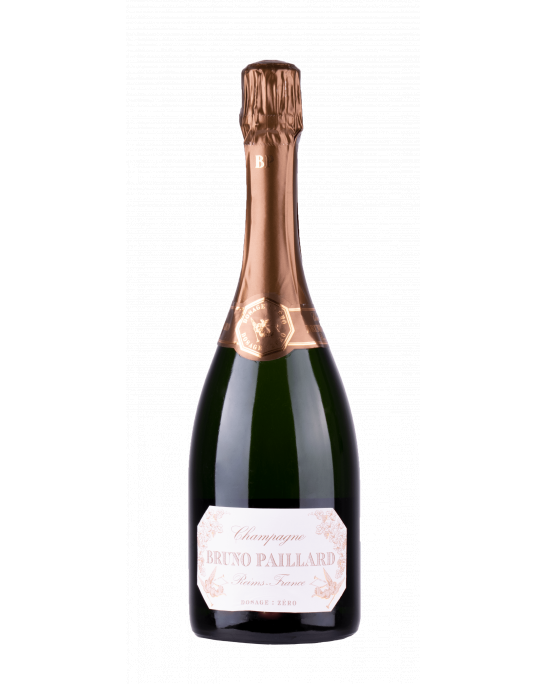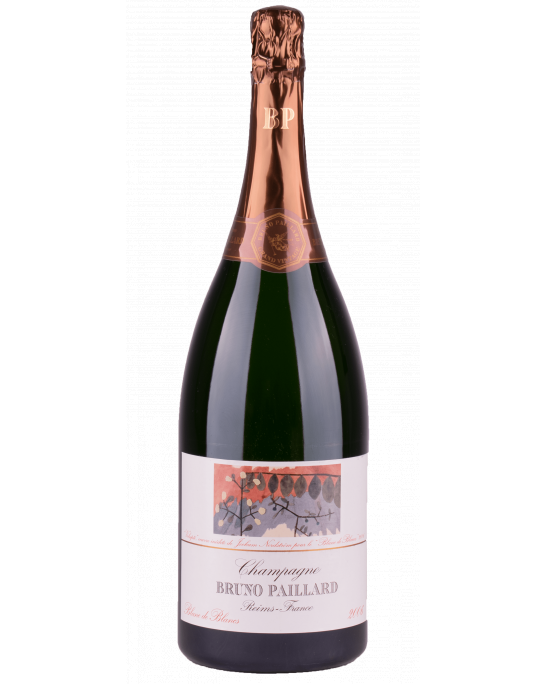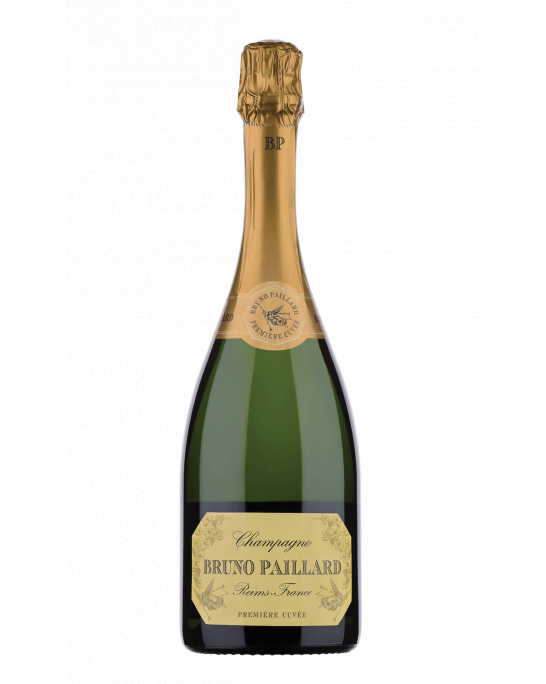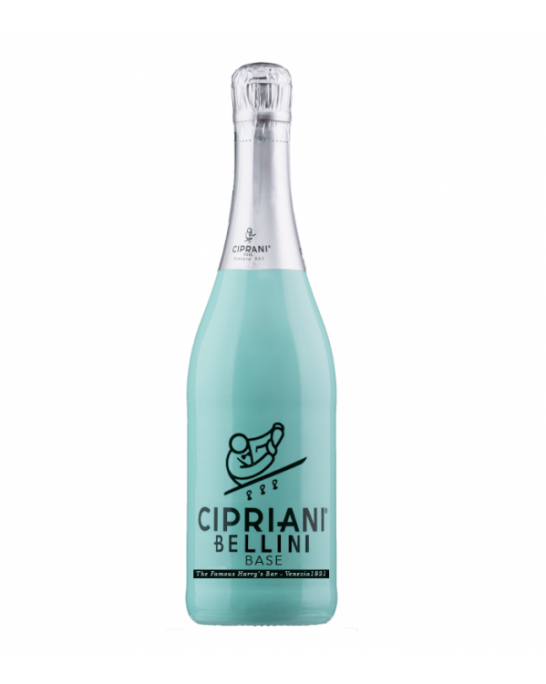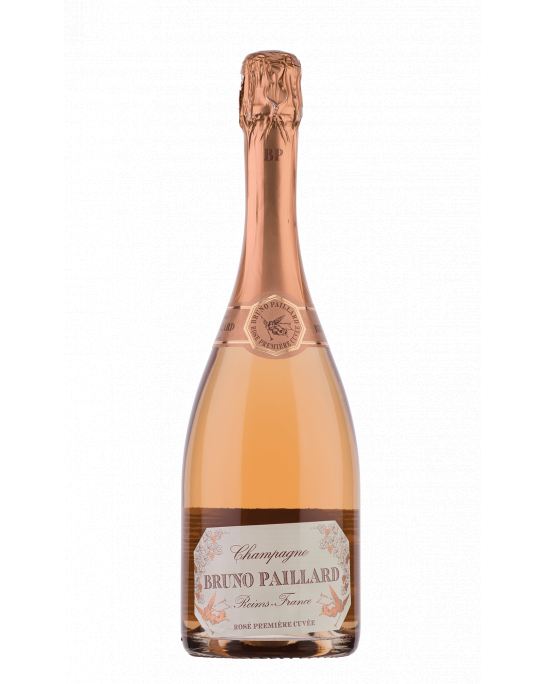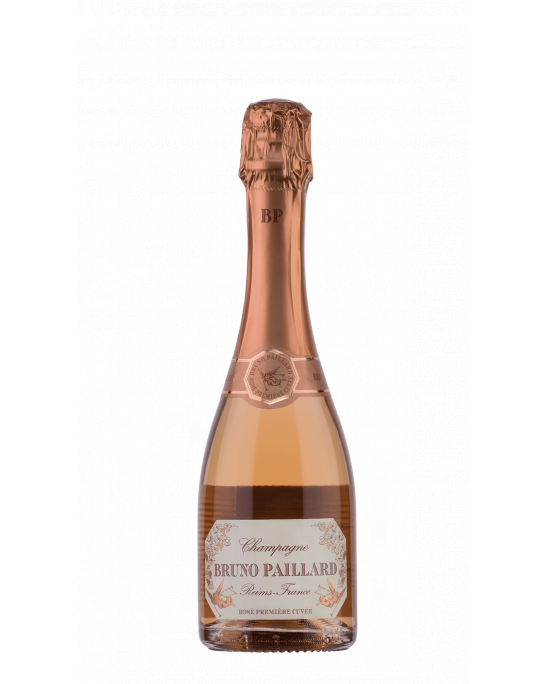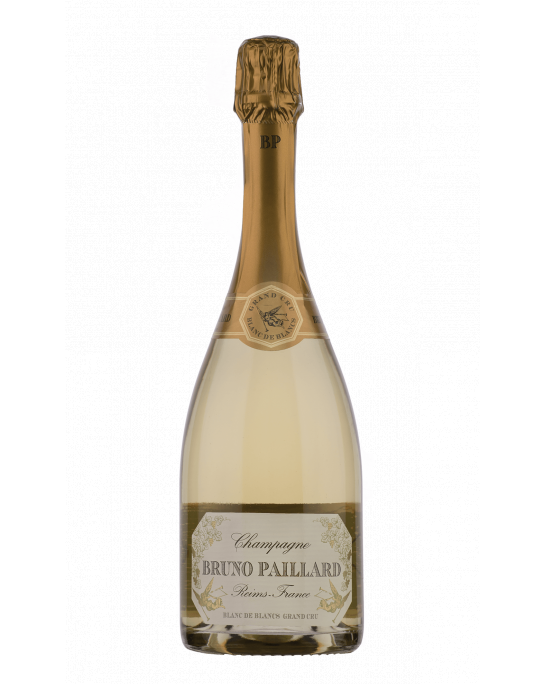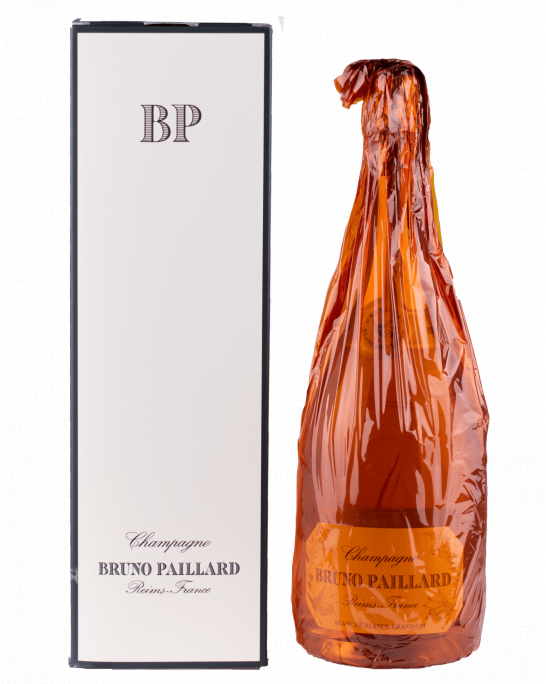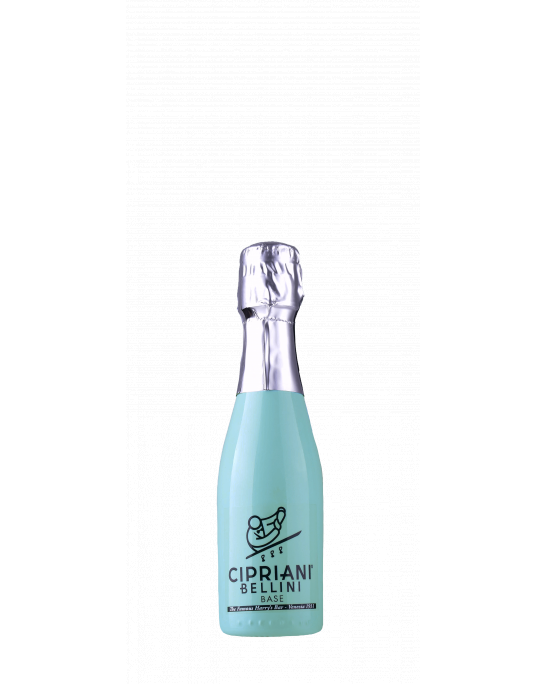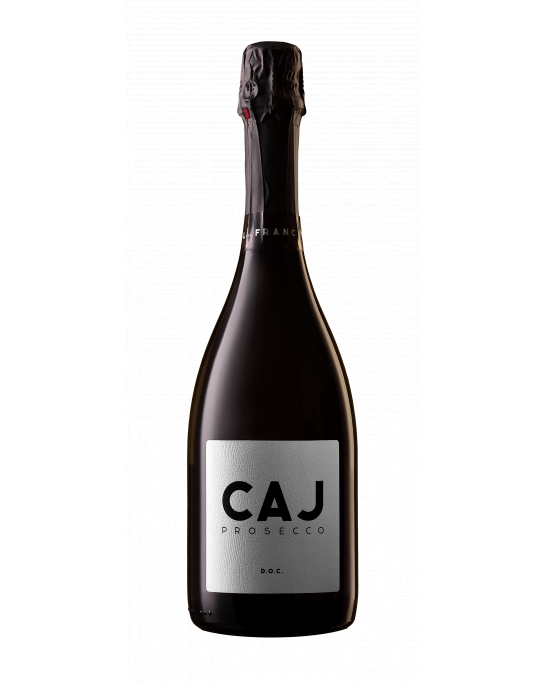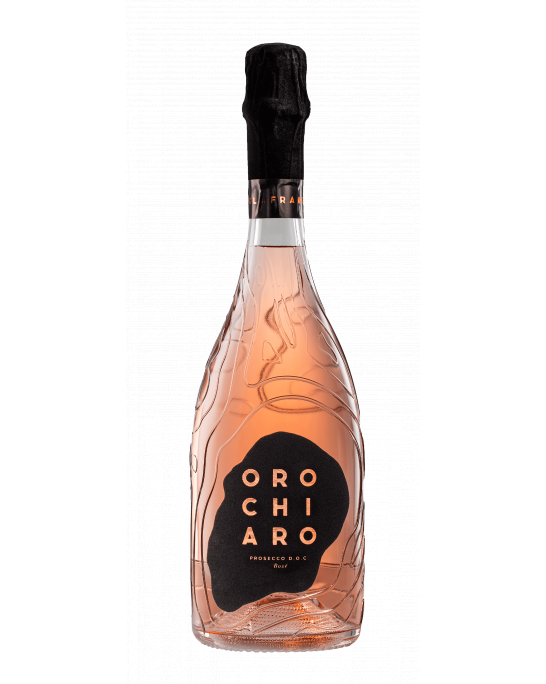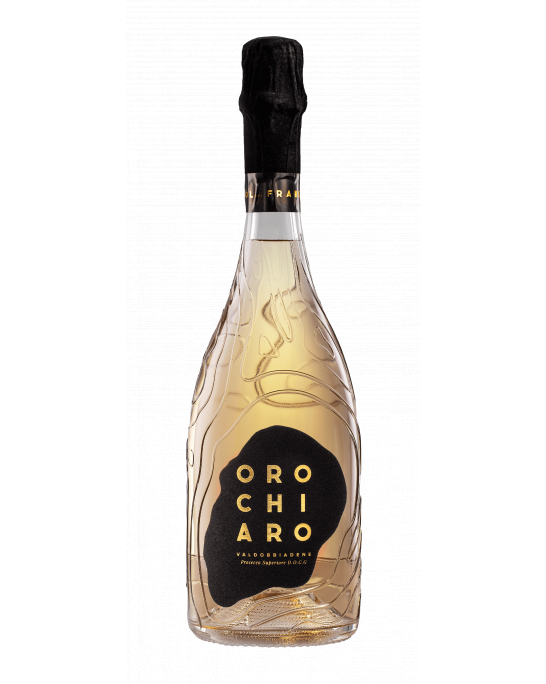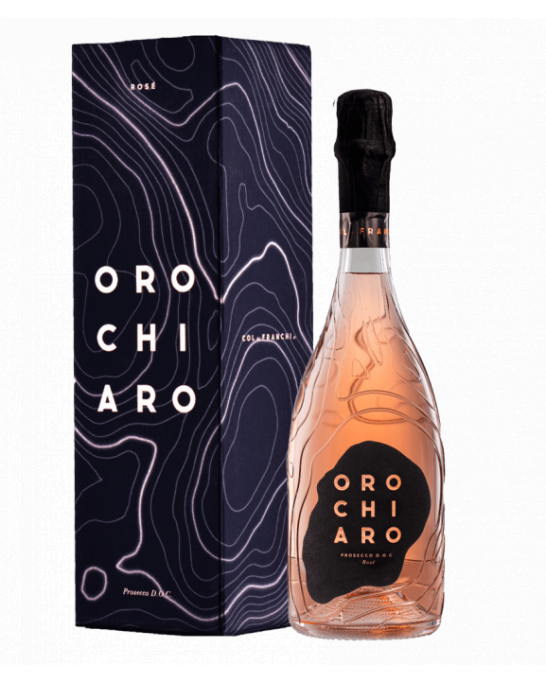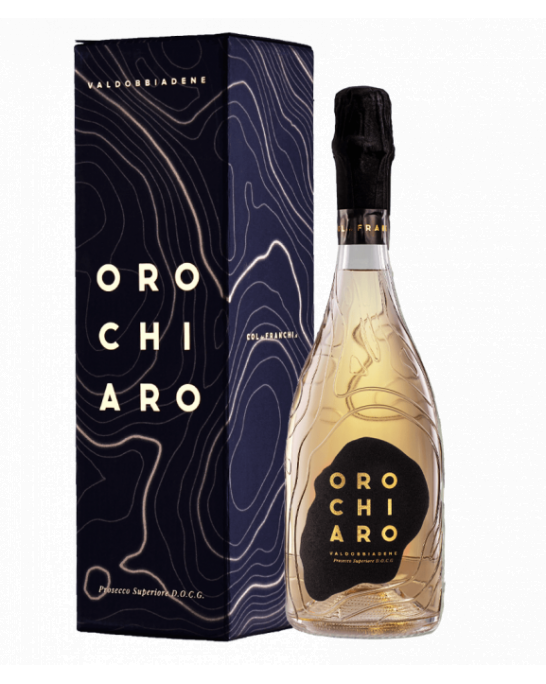Sparkling wines
Sparkling wines are both festive and a good company of dishes from breakfast to dinner. If we talk about sparkling wine, the first thing that comes to mind is, of course, Champagne.
MoreSparkling wines
Sparkling wines are both festive and a good company of dishes from breakfast to dinner. If we talk about sparkling wine, the first thing that comes to mind is, of course, Champagne.
MoreSparkling wines are both festive and a good company of dishes from breakfast to dinner. If we talk about sparkling wine, the first thing that comes to mind is, of course, Champagne. And lately - Prosecco as well. But what is the difference between the two of them? And what is Sekt, Cava? Is sparkling wine sweet or not? We encourage you to browse Seewines’ selection for sparkling wines and you will discover a vast new and colourful world - the world of sparkling wines.
How to make a sparkling wine?
Sparkling wine is a wine that has gas bubbles in it. There are two methods of "bubbling" - traditional, in which it is a consequence of natural fermentation, and the method of additional saturation / sparkling carbonated /. The traditional method is a difficult and laborious process that can take years to create the unique taste of a brand, as it involves additional fermentation in the bottle, ageing on fine lees and more. These sparkling wines develop additional creamy flavours and very fine carbonation and are made in Champagne and Burgundy (Cremant) in France, Franciacorta in Italy, Cava in Spain and others. In the second method (Charmat) the secondary fermentation is carried out in large stainless steel tanks and is mainly used for making sparkling wines of aromatic varieties, where the aim is to preserve the freshness and intensity of the aromas of the grapes. This method is used for Prosecco, and in Germany for the traditional Sekt.
Which are the grapes used for sparkling wine?
For Champagne, the typical grape varieties are Chardonnay, Pinot Noir and Pinot Meunier. Each manufacturer has its own blend, which can vary depending on the vintage and its quality. Sometimes one variety is used and this is usually written on the label. Interestingly, the so-called blanc de noir is often found, in which the champagne is white, but is made from the red Pinot Noir variety. The same varieties are used in Italy to make Franchacorta, while for Prosecco the variety is Glera, and for Cava - the local varieties Maccabeo, Pareiada, Xareio, as well as Monastrel and Grenache for Rosè
What does the sparkling wine label tell us?
The sparkling wine label can tell us a lot about it if we know how to read it. Whether the wine is dry, semi-dry or sweet - over time a strict indication has been imposed of how much sugar is added for the secondary fermentation:
- - Brut Nature (no added sugar)
- - Extra Brut (up to 6 g/l)
- - Brut (up to 12 g/l)
- - Extra Seco/Extra Dry (between 12 and 17 g/l of sugar)
- - Seco/Sec (between 17 and 32 g/l)
- - Semi-seco/Demi-sec (between 32 and 50 g/l)
- - and Dulce/Doux (over 50 g/l)
How to choose a good sparkling wine?
The first thing that comes to mind when talking about sparkling wine, of course, is Champagne. Champagne producers have established themselves as a quality and prestige for centuries - since the time of Dom Perignon. The big names of the manufacturers are known, but the small traditionalists deserve no less attention - both from Champagne and from Burgundy in general, producing a limited number of bottles, but with the quality and typicality of the terroir, arousing more and more interest among connoisseurs. We should not miss the representatives outside France as well - the beauty of the taste of Franciacorta in Italy is captivating and is an excellent competitor in the family of sparkling wines. You will find all these amazing names in our selection, and the enjoyment of the bubbles is guaranteed.
Ageing of sparkling wines?
Aging is possible only in the production of sparkling wine by the traditional method, in which the wine is generally aged in the bottle during the second fermentation, which takes place in it (and which is the culprit for the bubbles afterwards). Thus, wines are classified according to this duration as follows:
- Cava - young (minimum 9 months of ageing), reserve (minimum 15 months) and grand reserve (over 30 months)
- Champagne - the main requirement for labelling as champagne is ageing for at least 12 months, and for vintage - at least 3 years. In reality, however, non-vintage champagne often matures for 2 to 3 years, with top vintages reaching 4 or even 10 years. The same principle is followed in Franciacorta, wherever sparkling wine is produced by the traditional method.
- The Charmat method (Prosecco, Sekt, etc.) is not suitable for ageing - here the purpose of the wines is to be fresh and to be consumed quickly.

